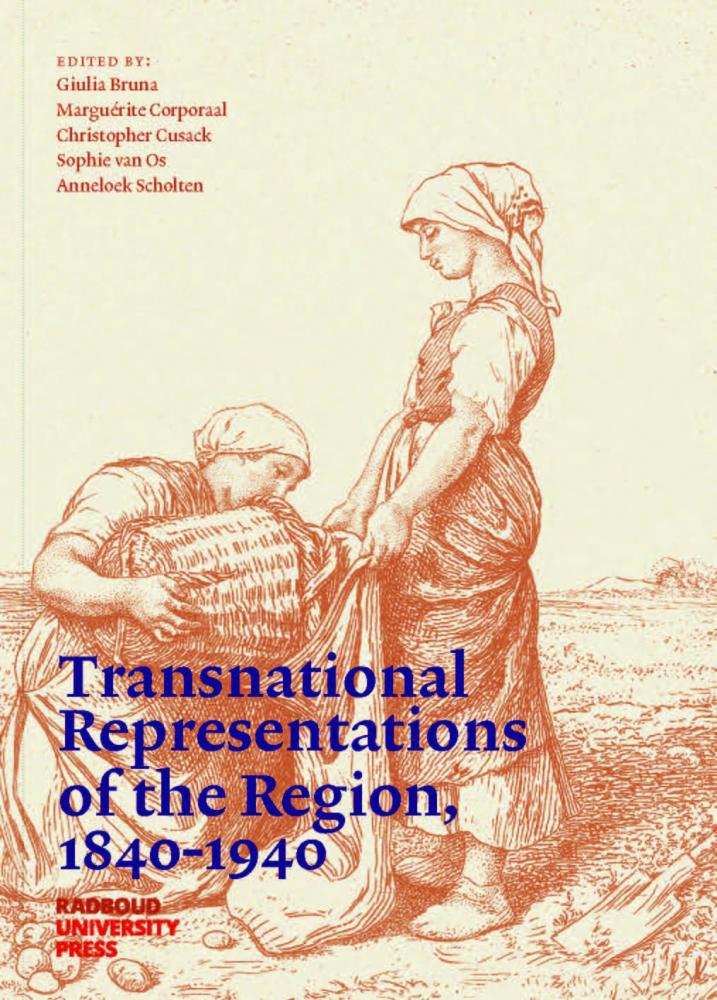Travelling Regionalism and the Art of Comparison
Synopsis
Regional writing is often assumed to be a rooted genre, but it is edited, published, circulated, and read beyond the confines of its original locality. Addressing the theory of comparison that underpins comparative studies of regionalism today, this chapter considers the seeming paradox between rootedness and portability by relating the writings of Mary E. Wilkins Freeman (1852-1930) to regional writing by the German writer Ilse Frapan (1849-1908), the Irish writer Jane Barlow (1857-1917), and the English writer Mary E. Mann (1848-1929). This type of reading for correspondences and relations between writers of different geographical contexts illustrates that the nascent or subtle feminism that critics have long associated with American women regionalists was shared across women regionalists from other national contexts.
Downloads
Pages
Published
Series
Categories
License

This work is licensed under a Creative Commons Attribution-NonCommercial-NoDerivatives 4.0 International License.


